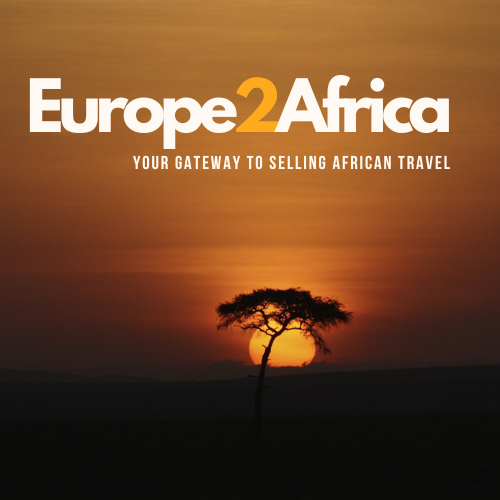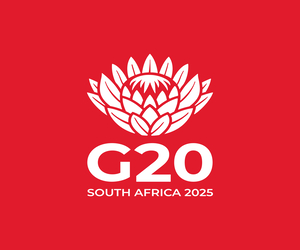South Africa Launches Rhino Renaissance Campaign to Rebuild Kruger’s Rhino Population
In a powerful display of conservation leadership, South Africa has launched the Rhino Renaissance Campaign, a landmark initiative aimed at restoring white rhino numbers and combating poaching in Kruger National Park and beyond.
The campaign, introduced by Minister of Forestry, Fisheries and the Environment, Dr Dion George, was unveiled on 15 July 2025 in Skukuza Boma, with stakeholders from across the conservation, tourism, and diplomatic communities present. As reported by gov.za, the initiative forms part of South Africa’s G20 Legacy Projects — a coordinated national response to one of the country’s most urgent environmental challenges.
A Legacy in Crisis
South Africa is home to more than 80% of Africa’s white rhino population, a legacy built through decades of conservation efforts. But poaching, drought, and organised wildlife crime have taken their toll. The white rhino population in Kruger National Park, once over 12,000, has now declined to just over 2,000. Nationally, the population stands at 14,389 as of 2024.
“This campaign is not just a government initiative. It is a partnership,” Minister George said, acknowledging the frontline role of rangers, communities, scientists, and NGOs in protecting the species.
Putting People at the Centre
The Rhino Renaissance Campaign will train and deploy 90 Rhino Monitors annually, beginning this year. These young conservationists — many from communities bordering the park — will use a combination of ancestral tracking skills, GPS collars, drones, and digital reporting systems to monitor rhino herds and support enforcement teams.
“They are not just protecting rhino,” said the Minister. “They are protecting livelihoods, family legacies, and the possibility of green jobs for a generation to come.”
A Decade-Long Target
The campaign’s primary goal is to rebuild Kruger’s white rhino population to 12,000 within the next decade. Key tactics include:
-
24/7 rhino tracking
-
Targeted dehorning
-
DNA tagging and genetic research
-
Multi-level enforcement coordination
-
Long-term financial resource mobilisation
Poaching Trends Show Tentative Progress
South Africa lost 195 rhinos to poaching in the first half of 2025 — a reduction of 35 compared to the same period in 2024. June recorded the lowest monthly poaching figures so far this year, with 22 rhinos killed nationwide. In Kruger, 11 rhinos were poached in both May and June, down from 17 in January and 30 in February.
“While any loss is too many, this decrease signals that our intensified enforcement efforts are starting to have an effect,” Minister George noted.
Cross-Border Collaboration and Global Appeal
The campaign is embedded within a broader national response: the National Integrated Strategy to Combat Wildlife Trafficking, which unites departments like Police, Justice, Intelligence, and Border Management. It also engages the private sector and civil society through partnerships like the Tracker Academy, Peace Parks Foundation, and the Good Work Foundation.
International collaboration is key, with South Africa working with Interpol, CITES, UNODC, and its SADC neighbours to enhance intelligence-sharing and enforcement.
“The G20 gives us a powerful platform to rally support,” said George. “This is not the end. It is the beginning.”
From dehorning demonstrations to green job creation, the Rhino Renaissance is about more than saving a species — it’s about building a future where conservation and communities thrive together.




